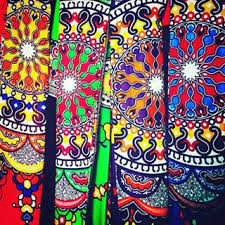
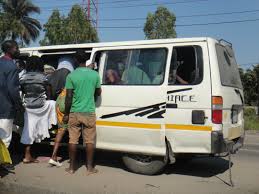
Chapas and capulanas, casitas and cervejas, what the? I had no idea and it’s fair to say I am no linguist. After 7 years in Cambodia, I still struggled to pull a sentence together. And I would like to say that there is definitely a lot to be said for learning at least a few words of the local language before embarking on a trip to a new country. But, in my own defense the country I landed in first (South Africa) has 11 official languages and although Mozambique has only one official language (Portuguese) there are another 43 languages spoken.
I had no hope but here are a few words you can get on top of by reading up on my experience behind the words.
Chapas
I’m sharing the backseat of the Chapa with three locals, the boot (trunk) is tied down with rope because the bulk of things loaded on board has it pushed open and the created space very allows a lovely gentle breeze to ruffle my hair.
The palm trees are starting to form their own shadows while the lagoon proudly displays a sparkling reflection. It’s that beautiful time of the day when the sun begins its descent.
I’m on a 45-minute stop-start, load up and unload ride and I spend the trip soaking up the scenery and observing the people. The people are a mix of all ages, sizes and gender that use this local transport the chapa. The woman’s hair is all braided, knotted or pulled back with a scarf and all carry lots of bags and some also have babies strapped to their backs.
Capulanas
I so wanted to buy myself one of these beautiful sarong type pieces of material, but it seemed that the only ones I ever saw that I loved were already being worn. They come in a million different bright colours and designs and the woman have a heap of different uses for them; wearing as a wrap around cover for other clothes, a head scarf, a blanket, and a uniform for work. They also use them to carry goods and to strap their babies to their backs. One corner of this two-metre long piece of fabric gets used to fold their money into before tugging under the rest of the material around their waists. Check this link for more information on the capulana.
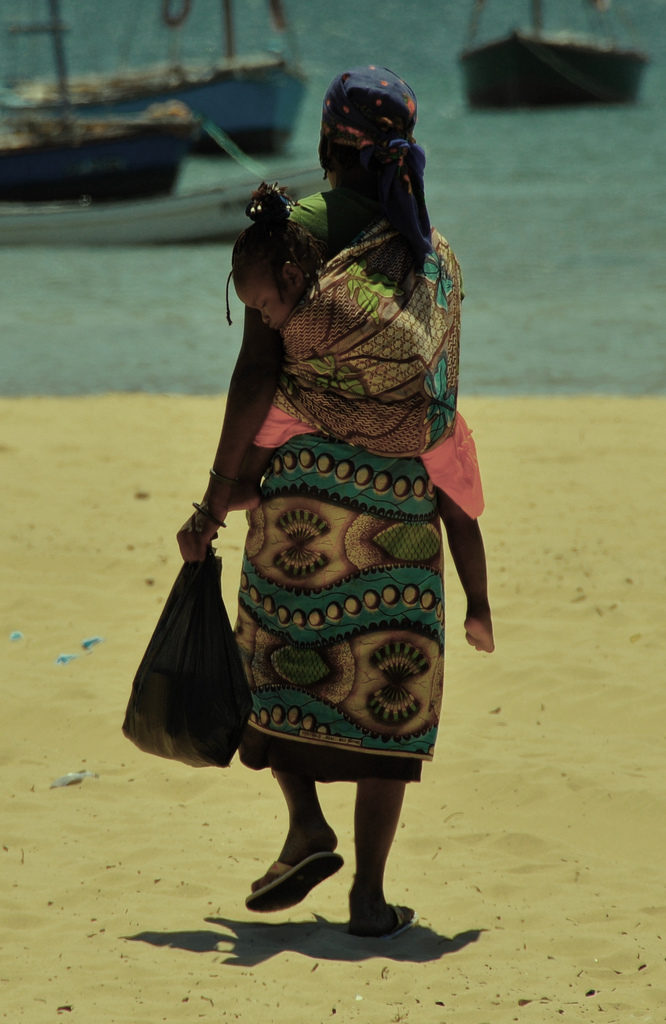
The men on the chapa wear t-shirts or long sleeved shirts, shorts and trousers, and their hair is either knotted, their heads shaven or covered in a hat. They carry only themselves.
There’s much conversation as someone recognises someone getting on and the drivers assistant jokes and laughs with people. The elderly are given respect and everyone reaches out to assist a mother climbing onboard so that baby’s head is protected.
The chapa is very rickety, not much in the way of suspension remains, the seats covers are coming apart and there’s a certain amount of rust. But at 20 Mt (36 cents) for a 45 minute ride, I wouldn’t imagine the driver has too much left over for maintenance.
Casita
A type of home away from home. Th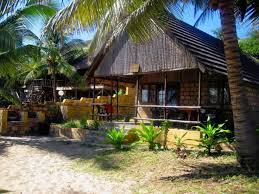 ey are generally thatch-roofed abodes and shouldn’t be mixed up with the town by the same name in the north of Mozambique. I enjoyed the company of small squirrels that managed to work their way through the thatched-roof in one of the casitas I stayed in, cheeky, cute little confident rodents that they are.
ey are generally thatch-roofed abodes and shouldn’t be mixed up with the town by the same name in the north of Mozambique. I enjoyed the company of small squirrels that managed to work their way through the thatched-roof in one of the casitas I stayed in, cheeky, cute little confident rodents that they are.
Cervejas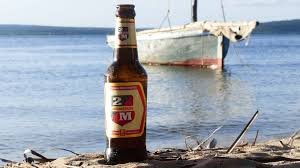
Now this is definitely one word you should learn to say in every country you go to, cause you never know when you’re going to need that thirst quenched. My favorite was Minica but 2M is another well-known pale la ger brand in Mozambique.
Obrigado
Or obrigada if you’re a woman. I made the mistake of saying obrigado for the first seven weeks of my eight-week stay in Mozambique but hey no one corrected me so it’s obviously not too much of an issue.
Obrigada Mozambique for your beautiful sunsets in this wonderful piece of paradise.

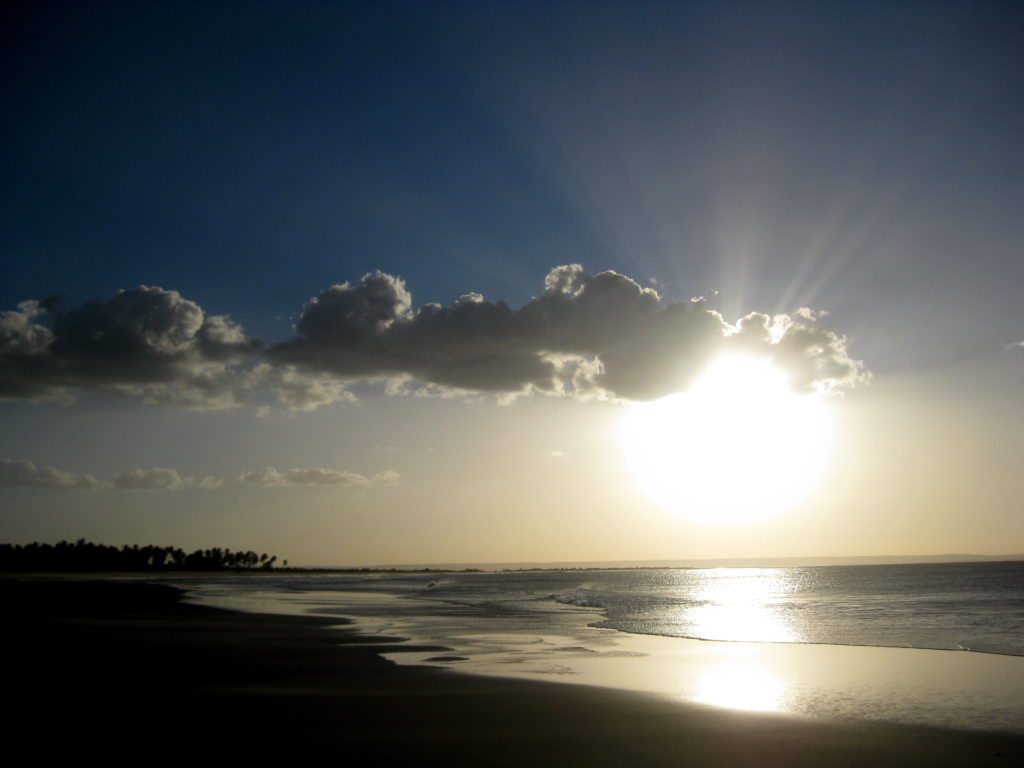

Leave a Reply